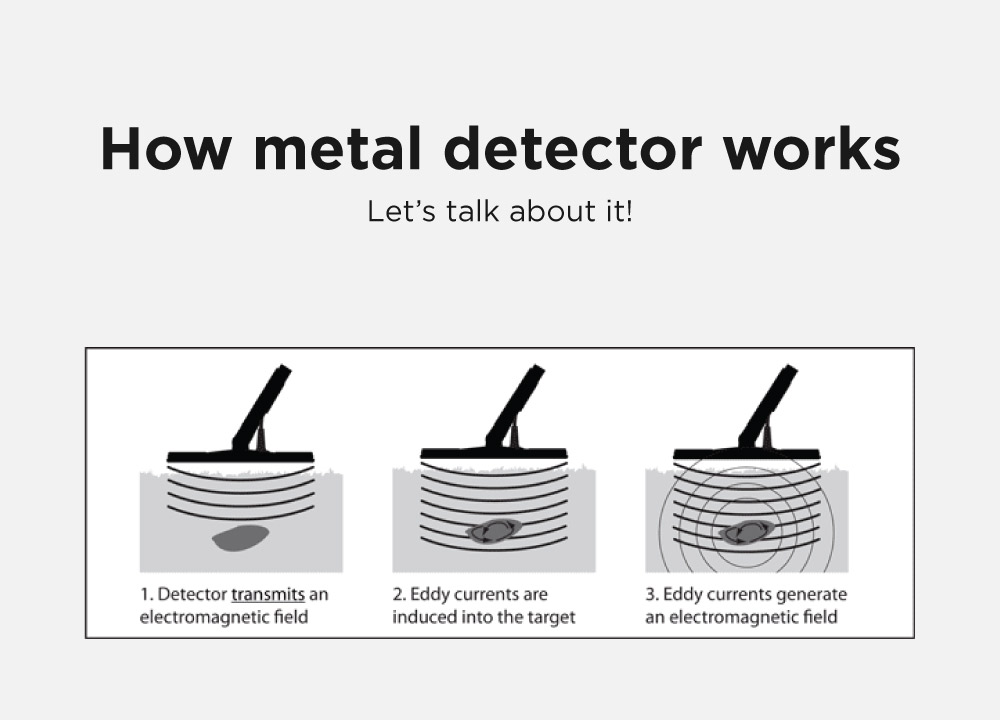Metal detectors are electronic devices that are used to detect the presence of metal objects in a given area. The metal detector works on the principle of electromagnetic induction. Which is the process of generating an electrical current in a conductor by exposing it to a changing magnetic field.
It is used in a wide variety of applications. Including security screening, treasure hunting, geological exploration, and industrial inspection. In this blog post, we will take a closer look at how Metal detector works.
Basic principles of metal detection
The metal detector works by creating an electromagnetic field that interacts with metal objects. When a metal object is placed within the field, it disrupts the field and creates eddy currents in the metal. These eddy currents, in turn, create their own magnetic field. Which can be detected by the metal detector.
One key factor in metal detection is the difference between ferromagnetic and non-ferromagnetic materials. Ferromagnetic materials like iron and steel are strongly magnetic and are easy to detect with a metal detector. While non-ferromagnetic materials like aluminum and copper are less magnetic and may require a more sensitive detector
The basics of metal detection
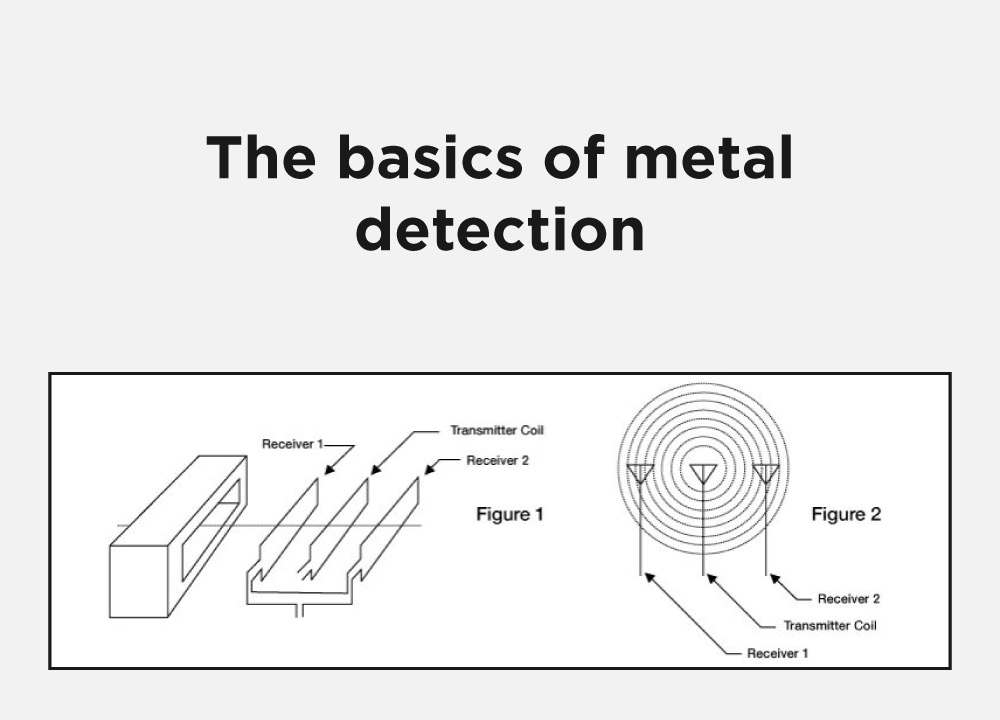
Metal detection is the process of detecting the presence of metal objects or materials using a specialized device called a metal detector. Metal detectors use electromagnetic fields to detect the presence of metal objects by creating an electrical current in the metal. When a metal object is placed near a coil of wire, it creates an electromagnetic field.
Which, in turn, generates an electric current in the coil. This electric current is then processed by the control box on the metal detector, which analyzes the signal and determines whether or not there is metal present.
The role of the coil
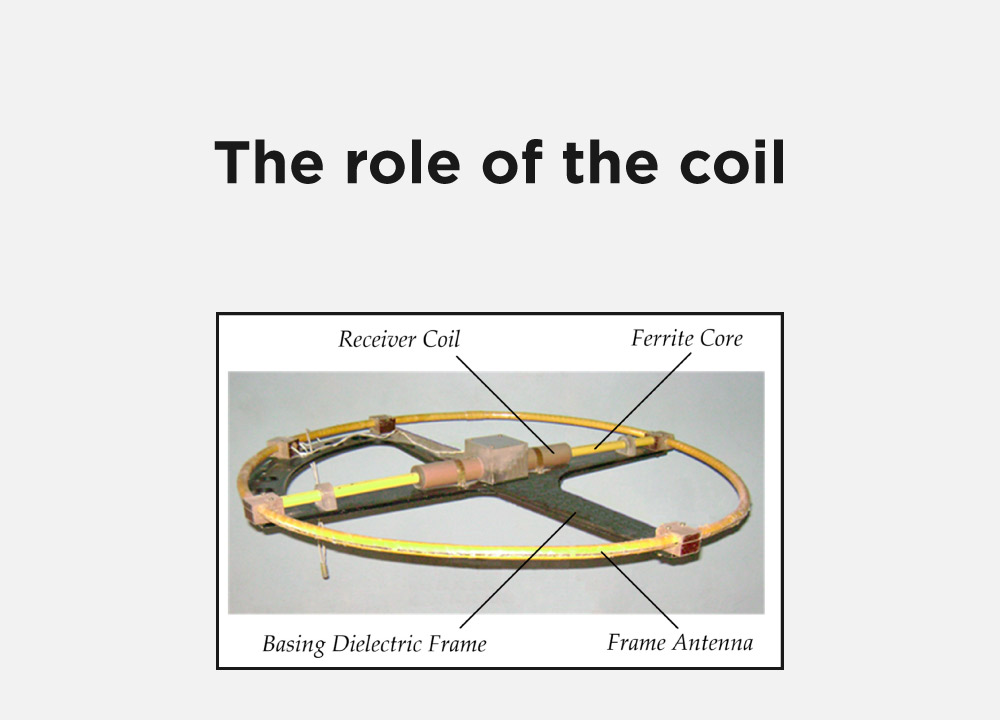
The coil is the most important component of a metal detector. When the coil is turned on, it creates a magnetic field that extends into the ground. If a metal object is present in the field, it will disrupt the magnetic field. And create a secondary magnetic field of its own. This secondary field is what generates the electric current in the coil, which is then processed by the control box.
The role of the control box
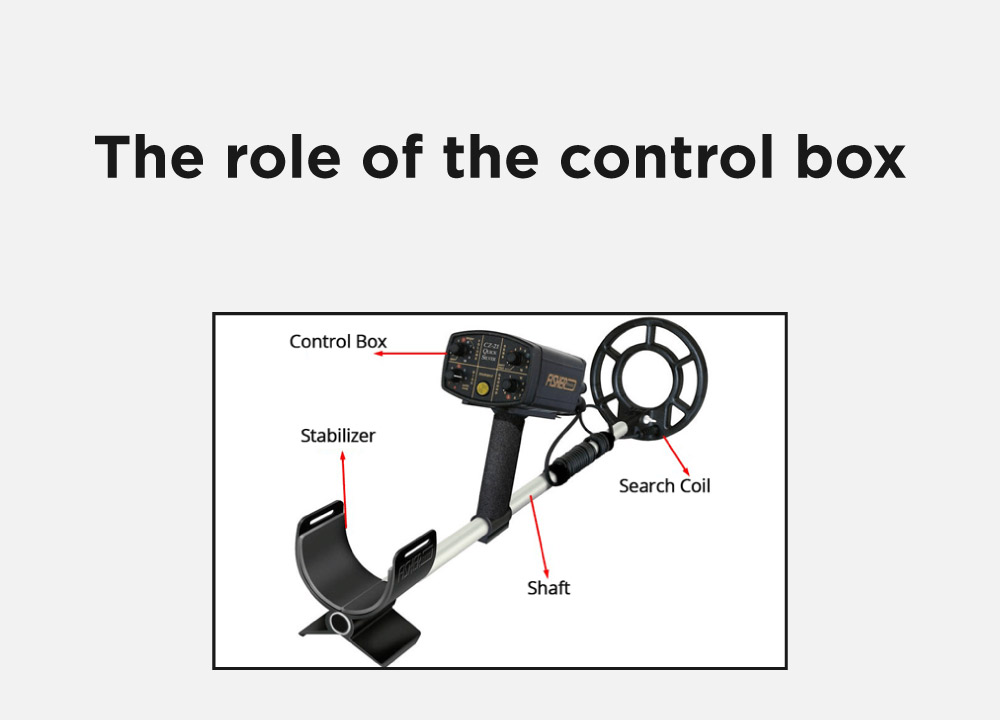
The control box is the brain of the metal detector. It processes the signal from the coil and determines whether or not there is metal present. Different types of metal detectors may have different settings on the control box. Such as sensitivity or discrimination, which can be adjusted to filter out certain types of metal or increase the detection range.
Components of a metal detector
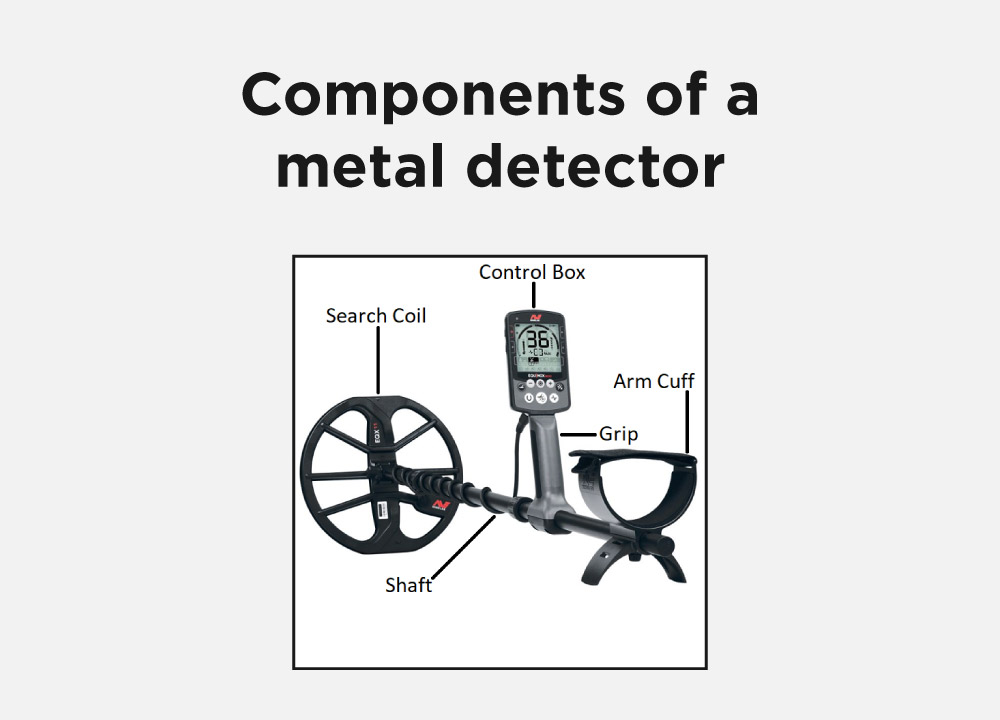
A typical metal detector consists of several components, including a search coil, control box, and display/audio feedback system. The control box contains the circuitry that processes the signals from the search coil and identifies metal objects based on their characteristics, such as size and shape. The display and audio feedback systems provide information to the user about the location and type of metal objects detected.
How metal detector works
A metal detector is an electronic device that detects the presence of metal nearby. The metal detector works on the principle of electromagnetism using a search coil to create a magnetic field that interacts with conductive materials. When a metal object is detected, the magnetic field is disturbed. Causing the metal detector to emit an audible signal or display a visual indication.
Metal detectors use different types of search coils to detect metal objects, including concentric and double-D (DD) coils. Concentric coils are round and produce a cone-shaped detection field. Whereas DD coils produce a more elliptical-shaped field that is better suited for detecting metal in a straight line.
Most metal detectors have several modes and settings. Including sensitivity, discrimination, and ground balance. Sensitivity controls the depth of detection, while discrimination allows the user to eliminate certain types of metal from detection. Ground balance is used to filter out interference caused by mineralization in the ground.
Overall, metal detectors are valuable tools for locating hidden metal objects in a variety of applications. Including archaeology, hobbyist treasure hunting, security screening, and industrial metal detection.
Types of metal detectors
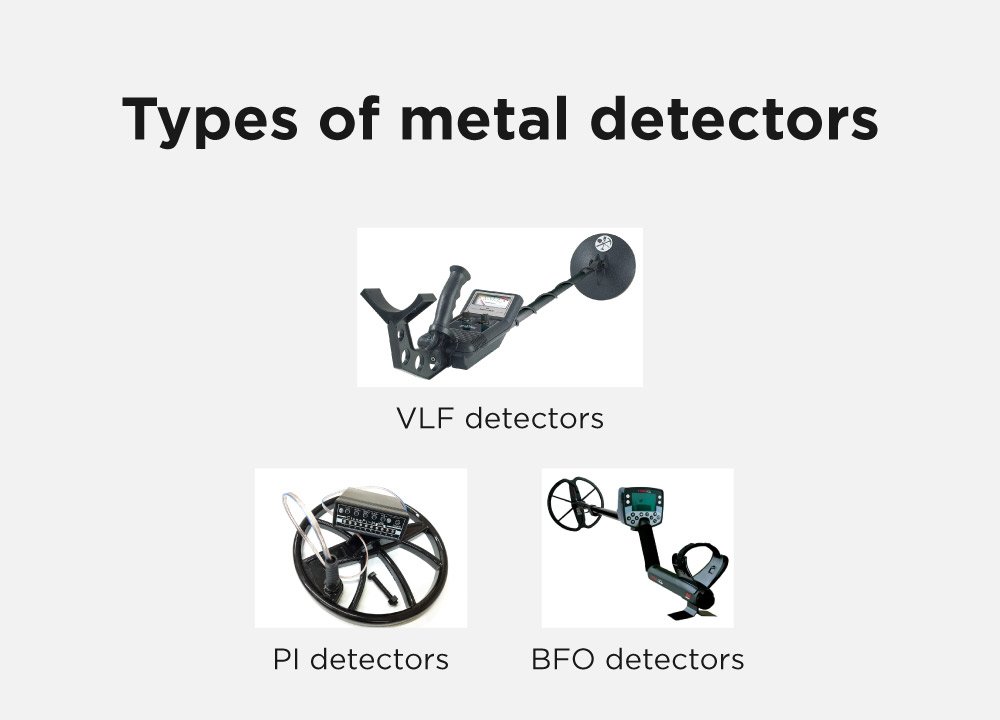
There are several different types of metal detectors, including very low frequency (VLF) detectors, pulse induction (PI) detectors, and beat-frequency oscillation (BFO) detectors.
VLF detectors: VLF detectors are the most common type and are suitable for general-purpose metal detection. They work by sending a continuous stream of low-frequency electromagnetic waves through the search coil, which creates a magnetic field that can detect metal objects.
PI detectors: PI detectors, on the other hand, are better suited for detecting metal objects in highly mineralized soils or underwater. They use short bursts of high-frequency electromagnetic waves to detect metal objects, which can penetrate mineralized soils and water more effectively than VLF waves.
BFO detectors: BFO detectors are the simplest type of metal detector and are suitable for basic metal detection applications. They work by creating two oscillating frequencies in the search coil, which can be detected when they intersect with a metal object.
Limitations of metal detectors
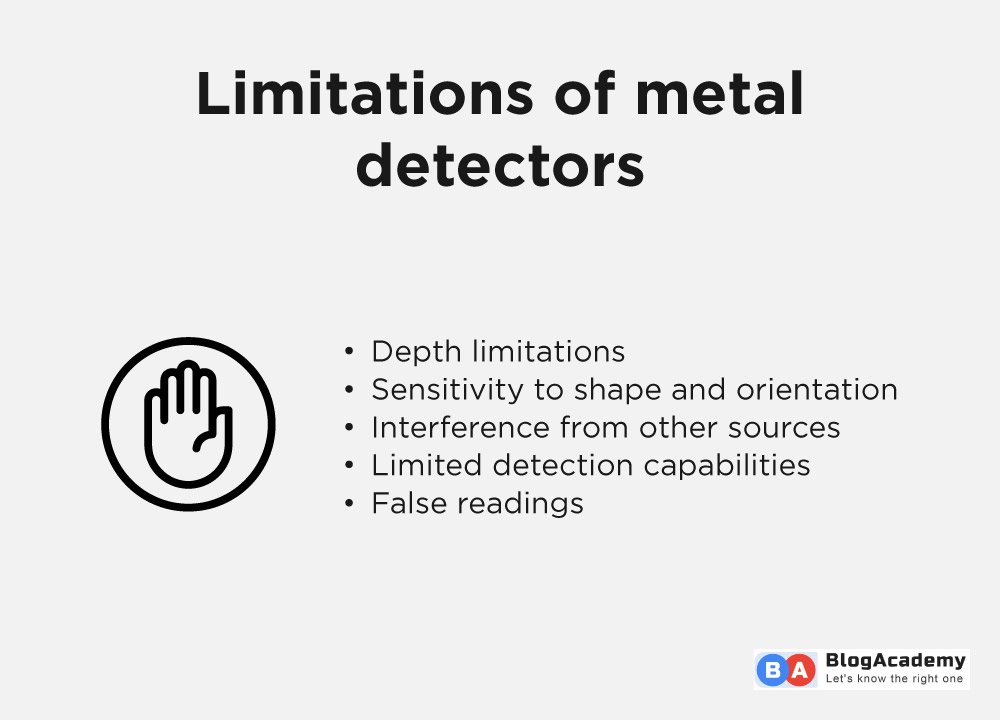
Despite their usefulness, metal detectors do have some limitations. For example, they may not be able to detect metal objects that are too deep in the ground or too small to generate strong signal equipment.
Here are some more specific examples of limitations of metal detectors:
- Depth limitations: Metal detectors are typically limited in their ability to detect targets beyond a certain depth, depending on the size and type of metal object and the soil conditions.
- Sensitivity to shape and orientation: The ability of a metal detector to detect a target can be affected by its shape and orientation. For example, a flat, thin object may be more difficult to detect than a round, bulky one.
- Interference from other sources: Metal detectors can be affected by interference from other metal objects in the vicinity. As well as from electrical or magnetic sources such as power lines, radios, or cell phones.
- Limited detection capabilities: Some types of metal detectors are designed to detect only certain types of metals. Such as ferrous metals (iron and steel) or non-ferrous metals (copper, silver, gold, etc.), which can limit their usefulness in certain applications.
- False readings: Metal detectors can sometimes produce false readings due to environmental factors such as mineralization, as well as from other sources of interference or signal noise. This can result in missed targets or wasted time and effort.
Factors that affect metal detector performance
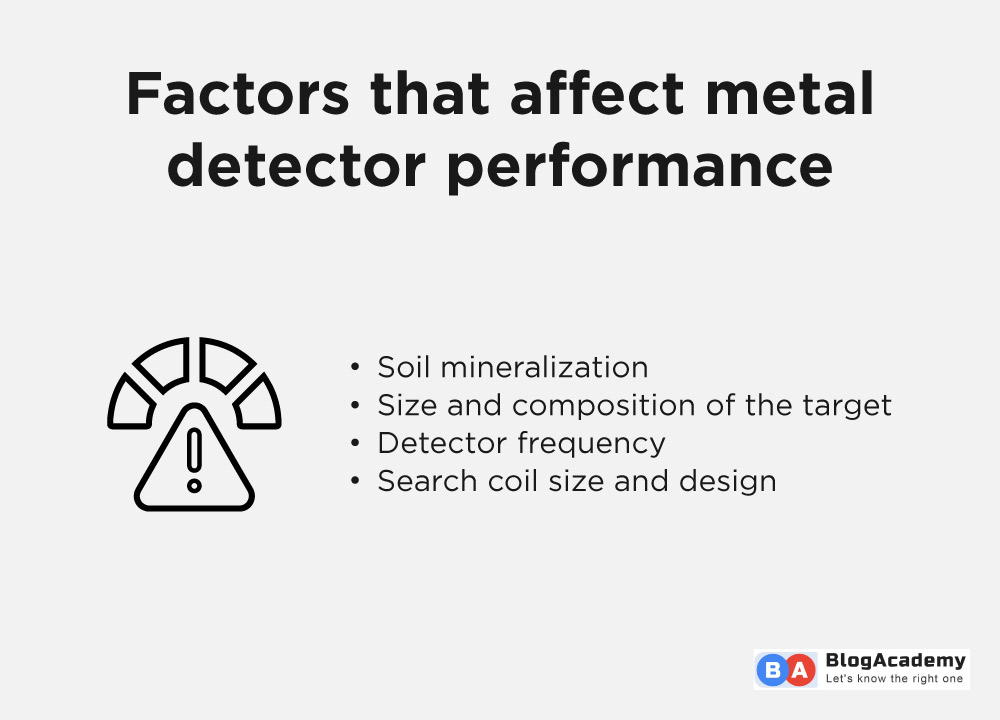
Several factors can affect the performance of a metal detector. Users can optimize their metal detection efforts by choosing the right type of metal detector for their application and adjusting the settings based on the conditions of the search area.
The performance of a metal detector can be affected by several factors, including:
- Soil mineralization: The mineral content of the soil can cause interference and make it difficult for the metal detector to detect targets accurately. Highly mineralized soil can reduce the depth and sensitivity of a metal detector.
- Size and composition of the target: The size and composition of the target can affect the detection depth and sensitivity of a metal detector. Larger targets and those made of highly conductive metals such as gold, silver, and copper are easier to detect.
- Detector frequency: The operating frequency of the metal detector can affect its sensitivity to different types of metal. Lower frequencies are better for detecting larger, deep targets, while higher frequencies are better for small, shallow targets.
- Search coil size and design: The size and design of the search coil can affect the performance of a metal detector. A larger coil can cover more ground and detect larger targets, but it may also be less sensitive to small targets. Different search coil designs are also better suited for different types of terrain
Conclusions
Metal detectors are powerful tools that can be used in a wide range of applications, but understanding how Metal detector work is crucial for their effective use. By understanding the basic principles of metal detection, the components of a metal detector, the different types of metal detectors, and the factors that affect their performance, users can optimize their metal detection efforts and increase their chances of finding valuable objects.

